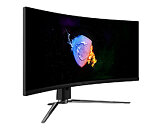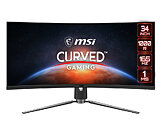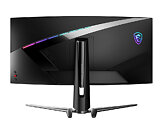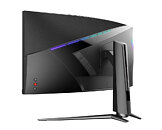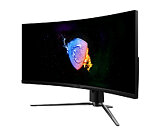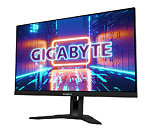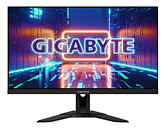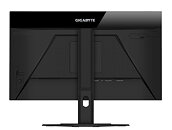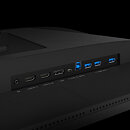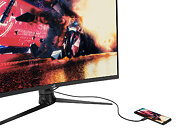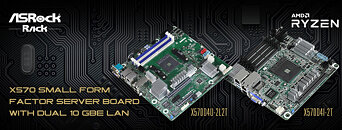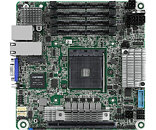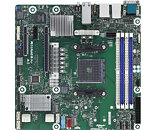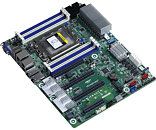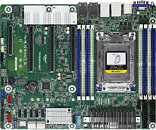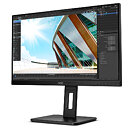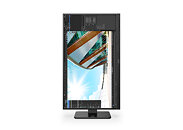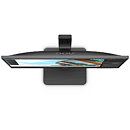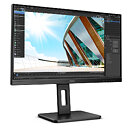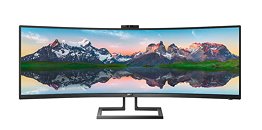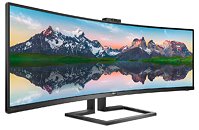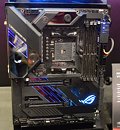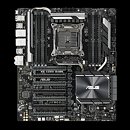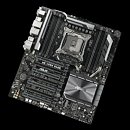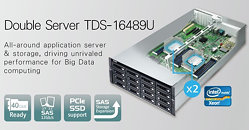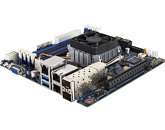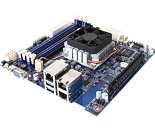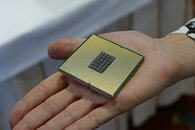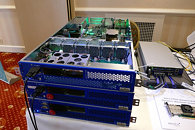
Dell Launches new 4K UltraSharpScreens with IPS Black Technology
Dell has revealed a pair of new 4K UltraSharp Screens using LG Display's IPS Black technology, which is said to deliver 35 percent deeper blacks than current IPS displays. Even though that is the headline feature, it might actually be the least interesting aspect of the 27-inch U2723QE and 32-inch U3223QE displays, as they pack a host of other useful features, as long as you're looking for a new productivity monitor.
Both models pack a six-port USB 3.2 Gen 2 (10 Gbps) USB hub, with the main USB-C upstreams port being capable of delivering 90 Watts of power over USB-PD, as well as supporting DP 1.4 Alt Mode. The USB hub also works in KVM mode, which seems to be becoming a standard feature on a lot of higher-end displays these days. The single downstreams USB 3.2 Gen 2 port is limited to a mere 15 W and there's also a second USB 3.2 Gen 2 upstream port that is only for USB data signals. Traditional display inputs include an HDMI port, presumably of the 2.0 variety, a DP 1.4 input, as well as an output for display daisy chaining, a feature we don't see too often on non Dell displays. Finally there's an RJ45 for hardwired network of a "docked" notebook, plus a 3.5 mm audio jack for audio output.
Both models pack a six-port USB 3.2 Gen 2 (10 Gbps) USB hub, with the main USB-C upstreams port being capable of delivering 90 Watts of power over USB-PD, as well as supporting DP 1.4 Alt Mode. The USB hub also works in KVM mode, which seems to be becoming a standard feature on a lot of higher-end displays these days. The single downstreams USB 3.2 Gen 2 port is limited to a mere 15 W and there's also a second USB 3.2 Gen 2 upstream port that is only for USB data signals. Traditional display inputs include an HDMI port, presumably of the 2.0 variety, a DP 1.4 input, as well as an output for display daisy chaining, a feature we don't see too often on non Dell displays. Finally there's an RJ45 for hardwired network of a "docked" notebook, plus a 3.5 mm audio jack for audio output.




























